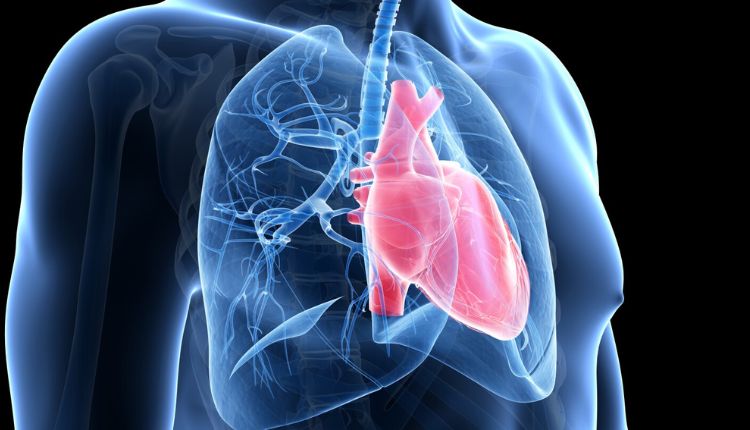In the heart of our discourse today is the pivotal role of a cardiologist in managing a challenging condition known as pulmonary hypertension. This is a disease that strains the heart, causing symptoms such as shortness of breath, fatigue, and chest pain villa rica – a phrase that captures the essence of a global struggle against this condition. In Villa Rica, renowned for its healthcare excellence, cardiologists spearhead the fight against pulmonary hypertension. Today, we take a closer look at this relentless battle.
Table of Contents
Understanding Pulmonary Hypertension
Pulmonary hypertension stands for high blood pressure in the lungs. It’s not common. Yet, it is serious. The blood vessels in your lungs get narrow or blocked. The heart has to work harder to pump blood through. This leads to the heart muscle becoming weak or failing.
How Cardiologists Help
Cardiologists play a key role. They diagnose the disease. They plan the treatment. They monitor the progress. They use tests like echocardiograms, blood tests, and chest X-rays. Treatment may include medicines, lifestyle changes, or sometimes surgery. The goal is to help you feel better, improve your symptoms, and slow the progression of the disease.
Comparing Approaches to Treatment
Here is a glimpse of how cardiologists in Villa Rica and the rest of the world approach pulmonary hypertension.
| APPROACH | VILLA RICA | WORLD |
| Diagnosis | Echocardiogram, blood tests, chest x-rays | Similar |
| Treatment | Medicines, lifestyle changes | Similar, sometimes includes surgery |
| Research | Active | Active |
As you can see, the approach is largely consistent, showing that cardiologists across the globe are united in this fight. It’s key to remember that early diagnosis is crucial. If you experience symptoms like shortness of breath, fatigue, or chest pain, seek medical help immediately. Remember: you’re not alone in this battle. Support is available, both in Villa Rica and beyond.
For more information, here are resources from the Centers for Disease Control and Prevention and the American Heart Association.
